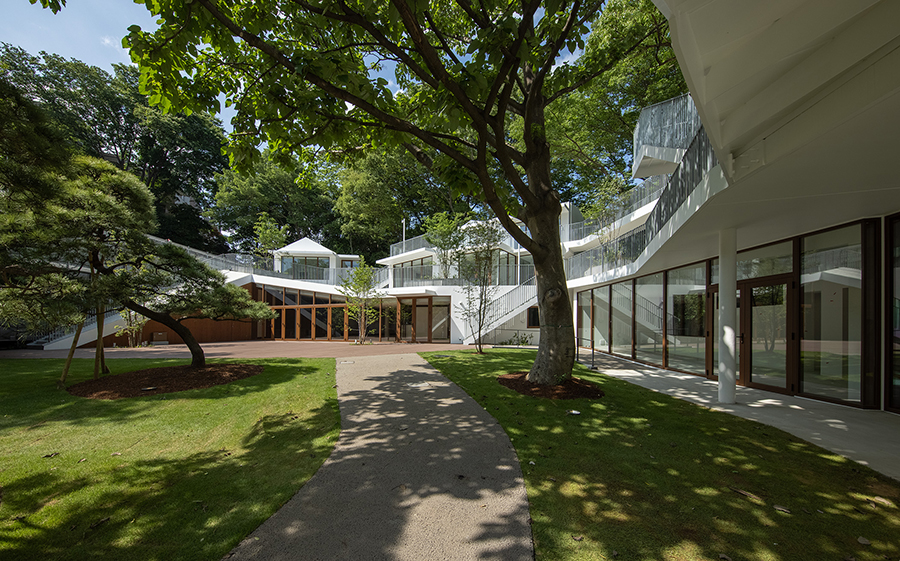
Institut français du Japon à Tokyo
(C) Institut français du Japon
https://www.institutfrancais.jp/
Promoting French Culture and Cultural Exchanges
Institut français du Japon – Tokyo

Chief of the Cultural Program at Institut français du Japon
Cultural Attaché at the French Embassy

Institut français du Japon à Tokyo
(C) Institut français du Japon
https://www.institutfrancais.jp/
*1 French Institute
It is important to note that despite sharing the French Institute (Institut français) name, depending on the context, it actually covers a variety of institutions and facilities, ranging from the Institut français world headquarters in Paris to headquarters in countries around the world placed in the cultural departments of French embassies (such as French Institute of Japan), as well as individual cultural facilities (such as the French Institute of Japan -Tokyo, etc.)
*2 Anthropocene (The Human Epoch)
Anthropocene is the name given to a new geological epoch proposed by thinkers such as Nobel Laureate in Chemistry Paul Kurtzen to define a new “Human Epoch” dating from the commencement of significant human impact on the Earth’s geology and ecosystems.
*3 Tangled Drop
Composition and direction: Tabaimo, Jörg Müller (Joerg Mueller) / Dramaturg: Sophie Borthwick / Performance: Jörg Müller (Joerg Mueller), Chiharu Mamiya / Art: Tabaimo / Music: Keisuke Tanka
This ambitious Japan-France joint project by Japanese contemporary artist Tabaimo, known for his animation works that reveal various contradictions in contemporary society, and the leading performer of contemporary circus Jörg Müller from France. The creation took place over a long period of two years. After a final two months of creation in residence in Toyama, its world premiere took place at Aubade Hall (Toyama) in April 2022. A France tour is also planned.
Related Tags